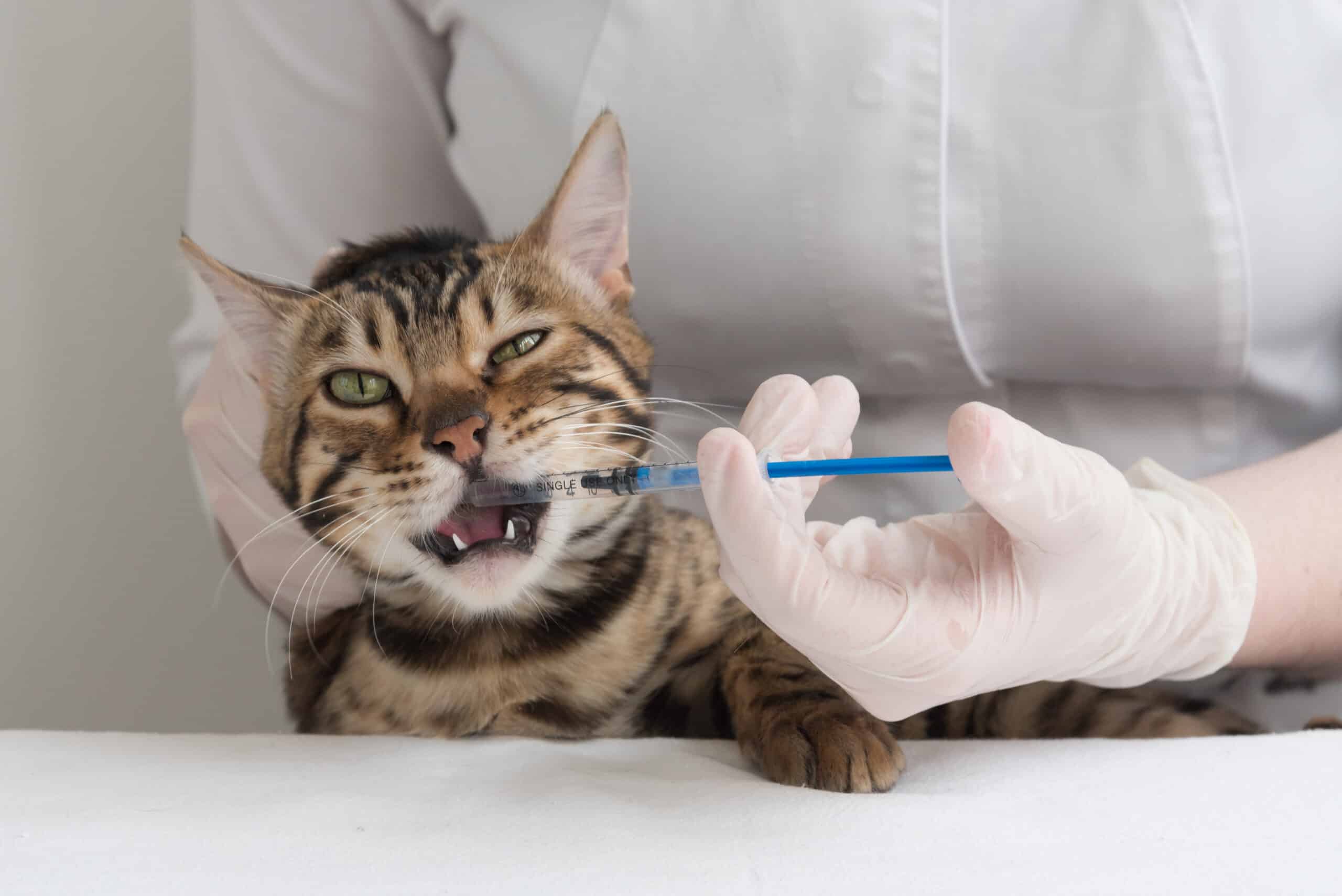Easy Tips for Giving Medication to Your Cat Stress-Free
Cats are known for being independent and sometimes stubborn creatures, which can make administering medication a daunting task for pet owners. Whether it’s antibiotics for an infection, long-term medication, or a dewormer, you might struggle to get your feline friend to cooperate. Thankfully, with the right approach, you can make the process easier for both you and your cat. Here’s how.
Have Proper Instructions from Your Veterinarian
Before leaving the vet’s office with your cat’s medication, make sure you understand exactly how to administer it. Ask questions such as:
- What is the correct dosage?
- Should it be given with food?
- Are there any side effects?
- What is the best way to administer it (pill, liquid, etc.)?
If possible, have your veterinarian or their assistant demonstrate how to give the first dose so you can observe and ask any necessary questions.
Be Calm and Confident
Cats are highly perceptive and can sense their owner’s emotions. If you’re anxious or hesitant, your cat will pick up on it and may resist more than usual. Stay calm and approach the task with confidence.
Use Treats to Your Advantage
If your cat is food-motivated, you may be able to hide the medicine in a treat or pill pocket. You can also try:
- Wrapping the pill in a small piece of deli meat
- Mixing crushed medication with wet food (if approved by your vet)
- Using soft treats made specifically for hiding pills
Just ensure your cat actually eats the treat and doesn’t spit out the pill.

Proper Technique for Pilling a Cat
If your cat refuses medicated treats, you may have to give the pill directly. Here’s how:
- Prepare Ahead: Have the pill, a pill gun (available at pet stores), and a small syringe of water ready.
- Restrain Your Cat: Gently wrap your cat in a towel like a burrito, leaving only its head exposed.
- Positioning: Hold your cat’s head like a baseball, with your thumb and middle finger on either side of its jaw. Tilt the head slightly upward.
- Administer with a Pill Gun: If using one, insert it into the side of the mouth and push the plunger to release the pill at the back of the throat.
- Follow with Water: Use the syringe to squirt a small amount of water into the mouth, encouraging swallowing.
Supplies You May Need
To make the process easier, keep these essential supplies on hand:
- Pill Gun: Helps place the pill in the back of the throat quickly.
- Syringe of Water: Ensures the pill goes down smoothly and doesn’t get stuck.
- Blanket or Towel: Can be used to wrap and gently restrain your cat if needed.

What If Your Cat Still Resists?
Sometimes, despite your best efforts, your cat might resist taking its medication. If this happens:
- Contact your veterinarian to see if the medication is available in liquid form, which may be easier to administer.
- Ask your vet about compounding pharmacies, which can create flavored medication for pets.
- Consider using a professional pet caretaker or veterinarian technician to help if you’re struggling to medicate your cat.
Final Thought
While giving your cat medication can be a challenge, patience and persistence are key. By staying calm, using the right techniques, and ensuring proper follow-through, you can successfully medicate your feline friend without unnecessary stress.






Facebook Comments